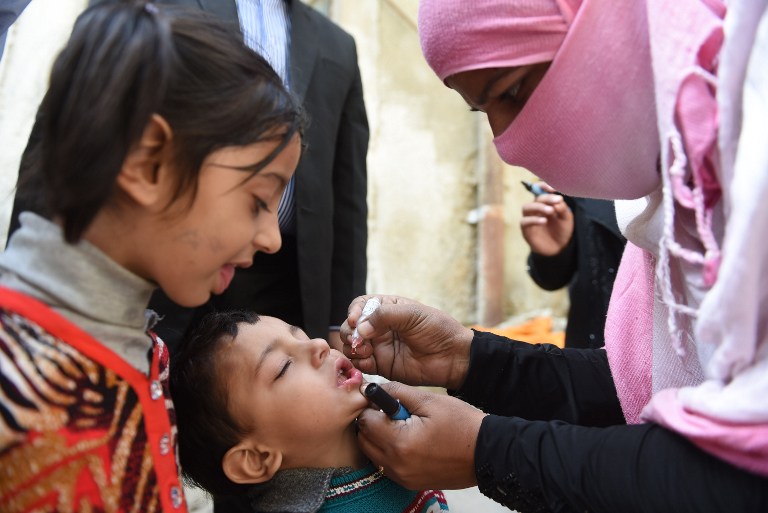Editorial
Recent flood-based catastrophe in Pakistan has shaken the worn-out and archaic administrative structures of Federal and Provincial Governments. The most vulnerable segment affected by weak contingency and risk management planning is the persons with disabilities. People with physical and mental disabilities are the collective conscience of the state and society. Therefore, superior courts have multiple times made remarks that the rights of persons with disabilities must be protected and relevant data must be collected to plan improvements for their rehabilitation.
Joint statement on the situation of persons with disabilities affected by flooding in Pakistan (issued by the Committee on the Rights of Persons with Disabilities and the United Nations Office for Disaster Risk Reduction) dated 09.09.2022 made emphasis on disaggregated data collection regarding types of disabilities in Pakistan and specific need requirement of persons with disabilities, especially concerning disaster risk management and planning. During the review of the initial report submitted by the Government of Pakistan under the United Nation’s Convention on the Rights of Persons with Disabilities (CRPD), it is learned that in Pakistan “Disability” has been classified into the following five types (reference is made to para 6 of the UN document no. CRPD/C/PAK/1 dated 15.10.2020):- i. loss of hand and foot or loss of use of two or more limbs; ii. total loss of eyesight; iii. total loss of speech; iv. total deafness in both ears; v. paraplegia or hemiplegia.
The census data available with Pakistan Bureau Statistics is up to 28.02.2021 (sourced from NADRA) and disaggregated into the following disability types:- i. Blind ii. Deaf & Dumb iii. Physical Disability iv. Mentally Retarded Types of disability referred to in the NADRA database are generic, while those mentioned in the initial report of CRPD appear to be the operative description of types referred to in NADRA data. Section 2(c) of the Ordinance of 1981 also refers to the generic types of disability as mentioned in the NADRA database. So, it is possible to have data in furtherance of generic types in line with the above-discussed operative types, to have more utility for disaster risk management, planning, and rehabilitation.
A critical review of some disability certificates shows that there is no uniformity in the recording of the Nature of Disability, Type of Disability, and Cause of Disability entries on the certificates/forms. This issue makes a bottleneck to developing a useful database having better utility towards the rehabilitation of persons with disabilities. A remarkable step towards better governance is the introduction of a centralized online portal in April 2022 to register persons with disabilities and issue certificates accordingly. However, the bulk data before April 2022 is yet to be added to the centralized database uniformly. This task may be completed on top priority and within the shortest time to protect the persons with disabilities affected by floods and to work out a better rehabilitation plan in general.
Disability rights are the conscience of the state and society. Effective legislation must be carried out to ensure the provision of these rights. Administrative regimes must be made functional to provide conducive social and administrative opportunities to disabled people. Transparent data management is essential for transparent policy and decision-making. Impersonation of disabled persons for acquiring benefits is also rampant, therefore, a standardized regime must be ensured so that impersonation of genuinely disabled people may be curtailed. State and society must provide disability rights to the affected persons.

















































